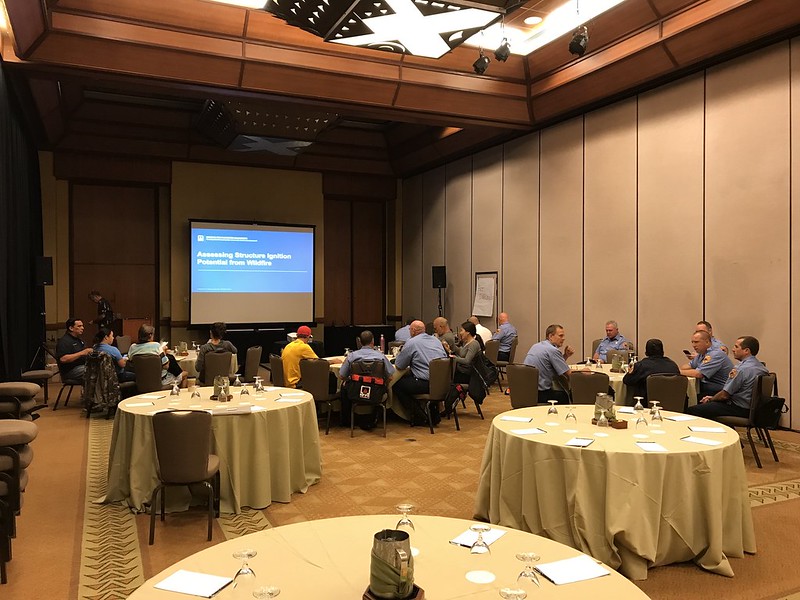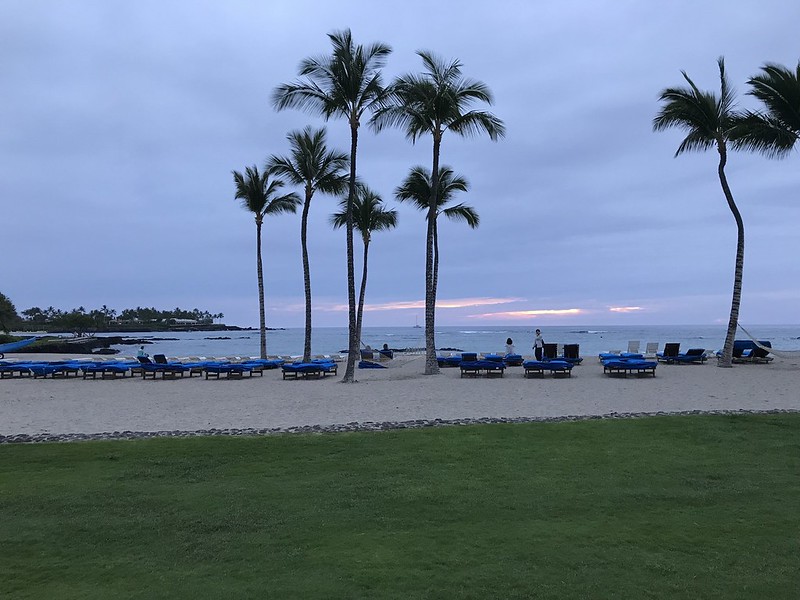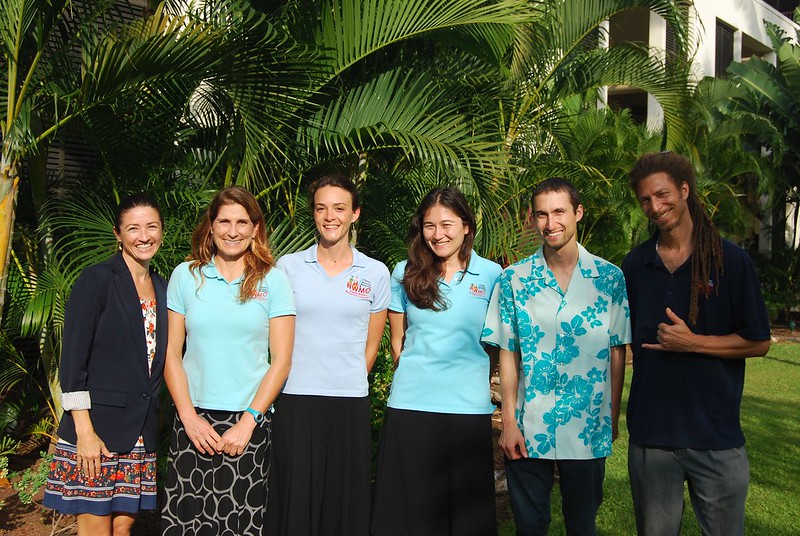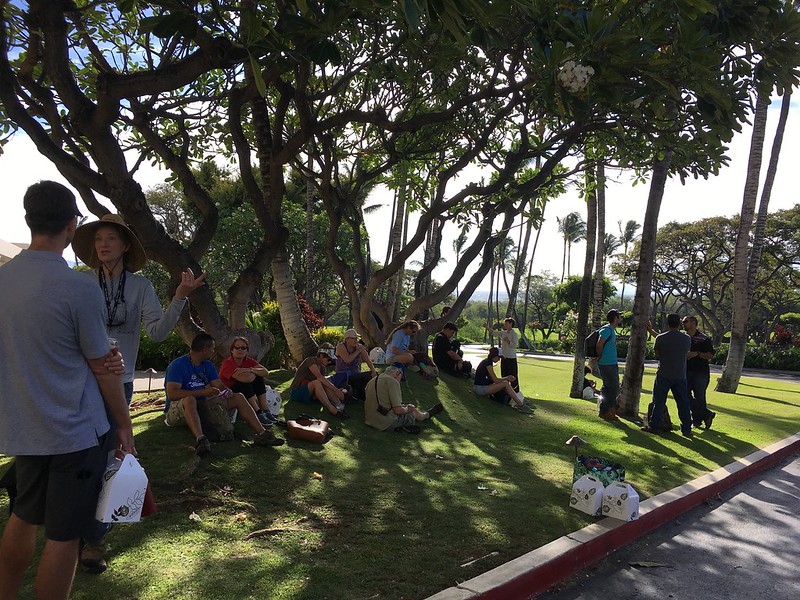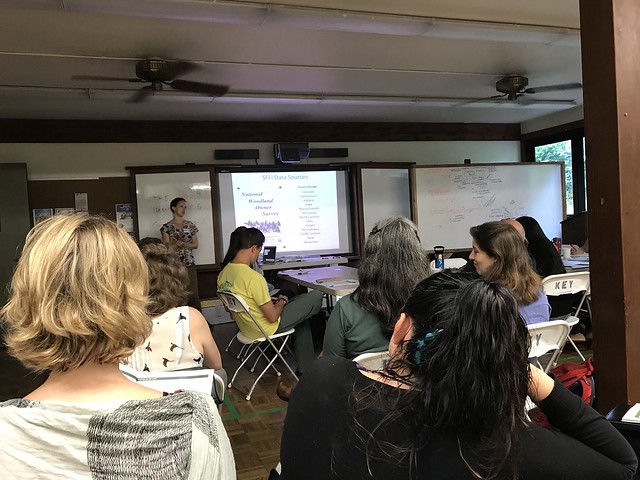Carson Magoon, HWMO’s recently hired Community Education Coordinator had the opportunity to be trained by several leaders of the Incident Command System world: Tina Boehle, Greg Funderburk, Lori Iverson, Mike Johnson, and Mike Theune. He spent the week of May 20th in Hawaii Volcanoes National Park learning all about the Incident Command System (ICS) that goes into effect when a disastrous incident takes place, and how to effectively disseminate information to the public during an incident.
Recording as much of what the Incident Commander says in this ICS simulation. Credit:
Being able to accurately and effectively keep people informed in times of disasters like wildfires is extremely important in the process of evacuating and correctly delegating resources. In events of crisis and confusion, being properly informed is a basic human need just as food, water and shelter. If you have the right information, the likelihood of making the correct decision in times of high risk are much greater.
Class going through the methods of good media relations
During this training, Carson was able to learn facets of communicating incident information including interacting with the media and community members through many different communication channels. One key takeaway Carson gleaned from this experience is that a PIO should never divulge information that is not totally confirmed to be correct. Only confirmed information that you know is completely accurate should be shared with public and the media. That being said, in times of crisis, if information is not being released promptly, stories will still be shared among people whether they are factually accurate or not. This requires Public Information Officers to be as prompt as possible when informing the public, but they also must be very careful that the information they release is completely accurate. Cases of non-factual information being given to the public can result in a public-relations situation that can be very difficult to remediate.
While a few more classes are required of Carson to go out on assignment as Public Information Officer during an incident, the information-packed training was an extremely beneficial experience for Carson and HWMO. As he moves forward with Hawaii Wildfire Management Organization in hopes of keeping the communities of Hawaii as informed as possible about wildfire threats, he will undoubtedly be able to gather, assemble, and disseminate information more effectively after the training involved in this course.





























































